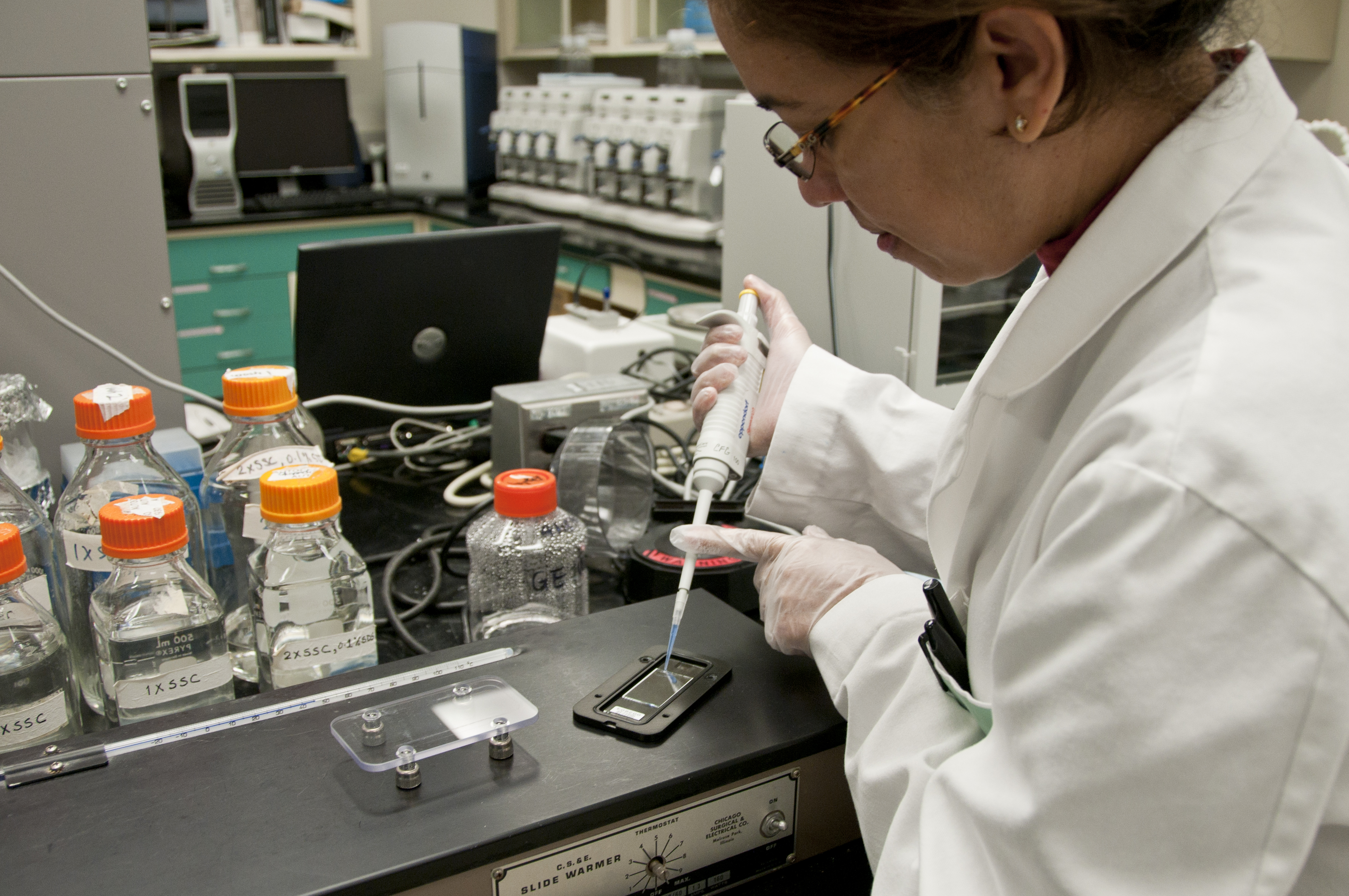
Photo from academic.microsoft.com
Coal combustion in ger areas is the main source of ambient air pollution in Ulaanbaatar (Mongolia). This study determined the characteristics of indoor PM2.5 concentrations in gers using coal stoves… Click to show full abstract
Coal combustion in ger areas is the main source of ambient air pollution in Ulaanbaatar (Mongolia). This study determined the characteristics of indoor PM2.5 concentrations in gers using coal stoves during winter. The study population consisted of 60 gers in the Chingeltei district of Ulaanbaatar. The indoor particle number concentration (PNC) in each ger was measured using a Dylos DC1700 particle counter for 24 h in January and February 2016. The PNC by Dylos was converted into the mass concentration using a calibration equation developed using a collocated real-time light scattering monitor adjusted by gravimetric measurement. The average 24 h PM2.5 concentration was 203.9 ± 195.1 μg/m3 in gers with traditional stoves (n = 29) and 257.5 ± 204.4 μg/m3 in those with improved stoves (n = 31). In the daily profile, concentrations were lower at night, increased in the early morning, and peaked up to noon. The temperature in gers was slightly higher than that recommended in winter. Many development-assistance programs have supported the installation of improved energy-efficient stoves. Better control measures are needed to improve the indoor air quality of gers.
Journal Title: International Journal of Environmental Research and Public Health
Year Published: 2018
Link to full text (if available)
Share on Social Media: Sign Up to like & get
recommendations!